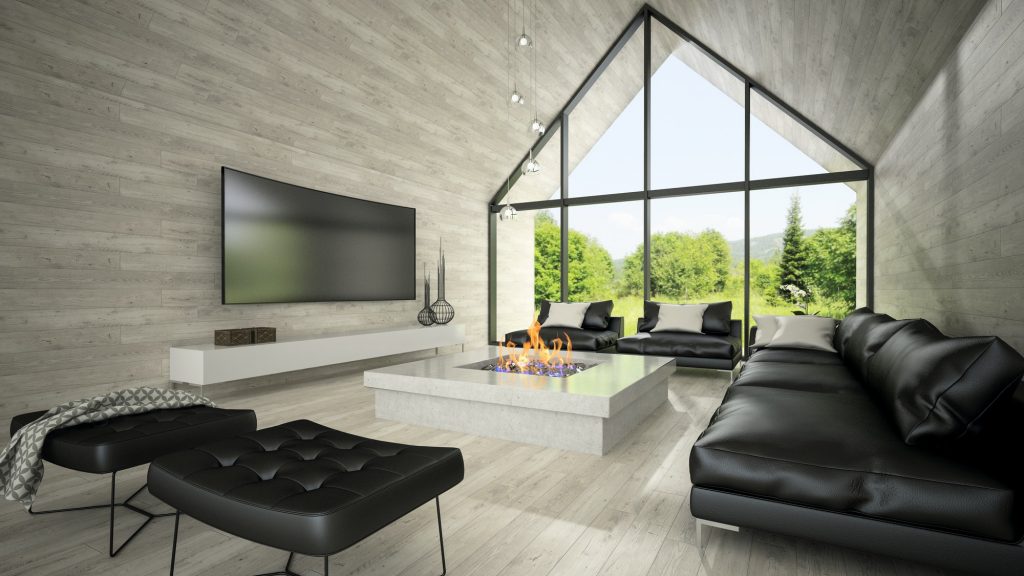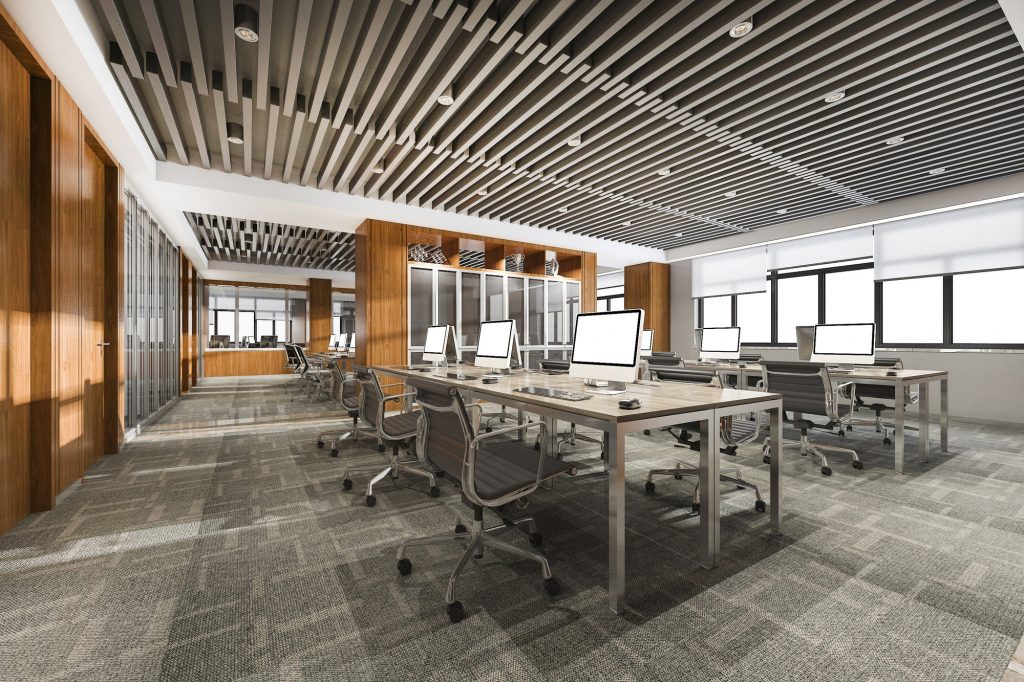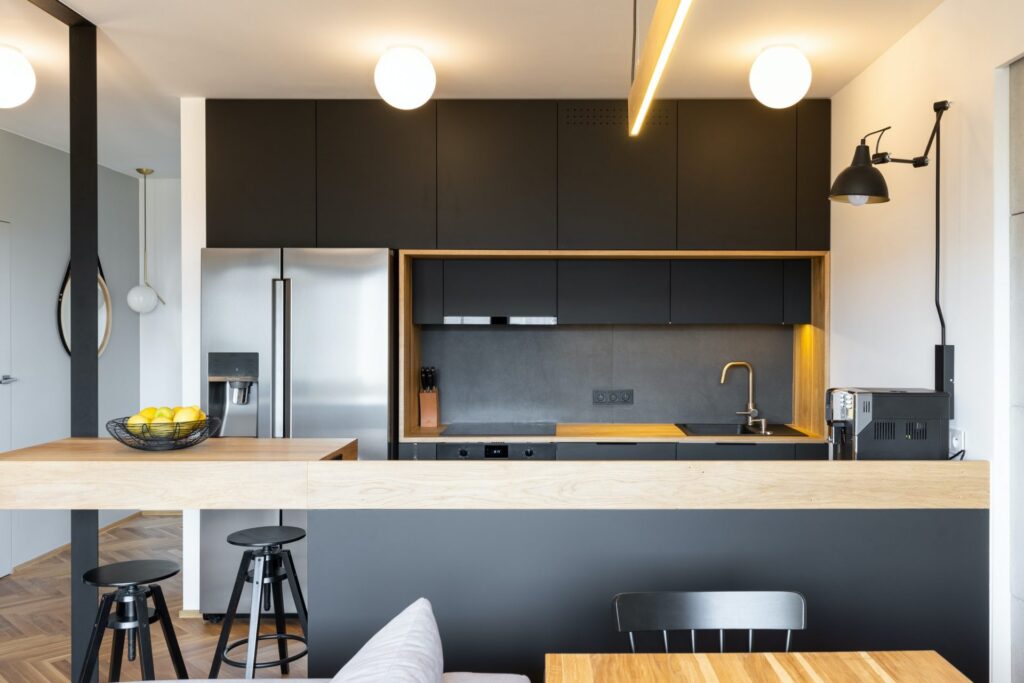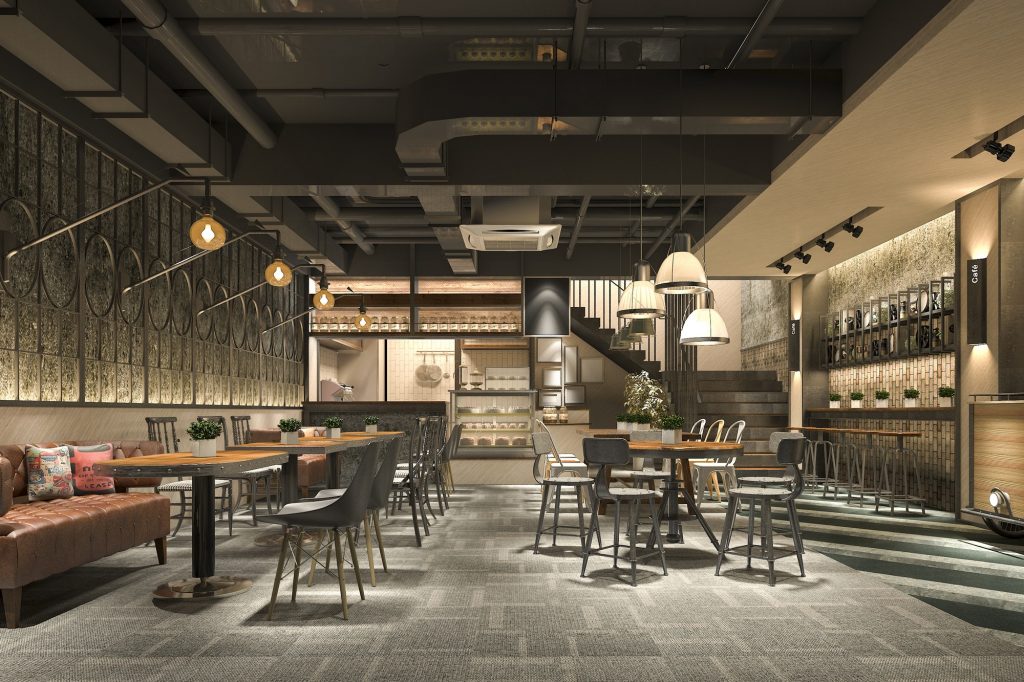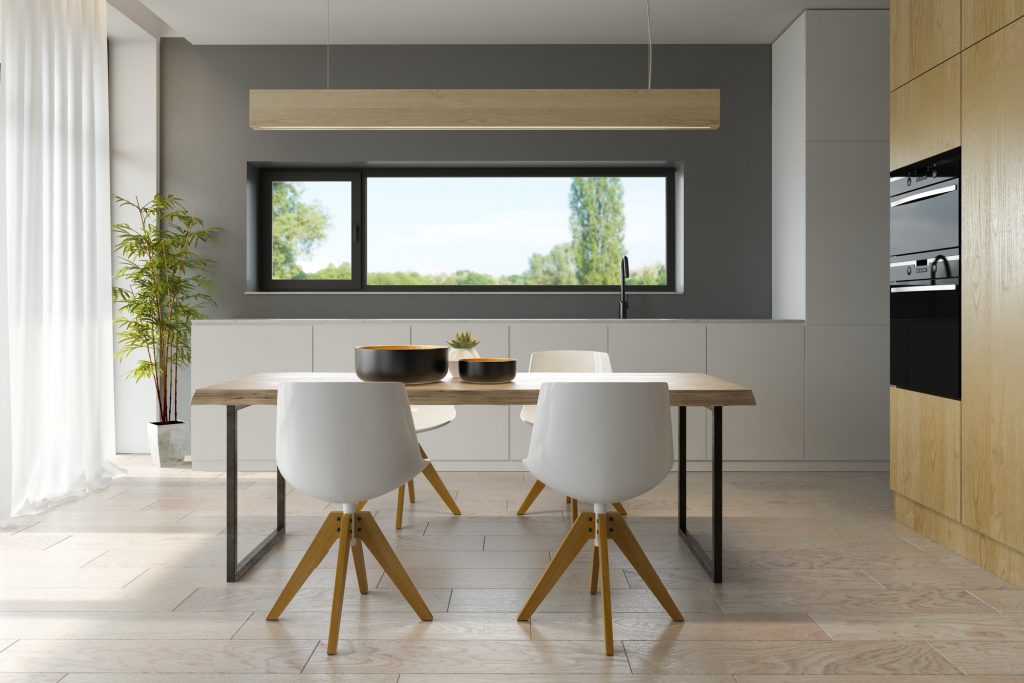Luxury Builders
Luxury Builders . specializes in design and build services for loft conversions, kitchen extensions, and comprehensive home renovations. Let’s create your dream space.
Introduction
The modern era has brought a heightened awareness of environmental issues, prompting homeowners to consider the sustainability of materials used in home renovations. Sustainable materials, defined as resources that meet current needs without compromising future generations’ ability to meet theirs, play a crucial role in transforming not just the look and feel of a home but also in minimizing its environmental footprint. This article delves into the impact of sustainable materials on home renovation, exploring their benefits, popular options, aesthetic enhancements, and the challenges associated with their use.
Definition of Sustainable Materials
Sustainable materials encompass a wide range of resources that are renewable, recyclable, and designed to have a minimal environmental impact. This includes everything from reclaimed wood and bamboo to recycled metals and low-VOC (volatile organic compounds) paints. The emphasis is on reducing waste, conserving energy, and using materials derived from sustainable practices, ensuring that their sourcing does not deplete natural resources or harm ecosystems.
Importance of Sustainability in Home Renovation
The significance of sustainability in home renovation cannot be overstated. As climate change continues to be a pressing global issue, adopting sustainable practices becomes essential. Homeowners can contribute to environmental protection by choosing materials that are eco-friendly and energy-efficient. Furthermore, sustainable home renovations often lead to improved energy performance, resulting in lower utility bills and a reduced carbon footprint over time.
Benefits of Using Sustainable Materials
Environmental Impact
One of the most compelling reasons for using sustainable materials is their positive environmental impact. Sustainable materials reduce reliance on finite resources, promote recycling, and lower greenhouse gas emissions. For instance, using reclaimed wood not only reduces the need for new timber but also diverts waste from landfills. Furthermore, sustainable materials often have a lower embodied energy, meaning they require less energy to produce and transport.
Health Benefits for Occupants
Beyond environmental considerations, sustainable materials also offer health benefits for home occupants. Many conventional building materials emit harmful toxins and volatile organic compounds that can lower indoor air quality. In contrast, sustainable materials like low-VOC paints and natural insulation options contribute to healthier living environments. Homeowners can breathe easier knowing they are minimizing their exposure to hazardous substances, leading to better overall health and well-being.
Long-Term Cost Savings
Investing in sustainable materials can lead to significant long-term cost savings. While the initial cost may be higher for some sustainable options, the durability and efficiency of these materials often offset the initial expense. For example, energy-efficient installations can drastically reduce heating and cooling costs. Additionally, materials like reclaimed wood and recycled metals tend to require less maintenance over time, which further diminishes long-term expenditures.
Popular Sustainable Materials for Home Renovation
Reclaimed Wood
Reclaimed wood is one of the most popular sustainable materials used in home renovations. Sourced from old structures, barns, and factories, this material not only adds unique character and history to a home but also helps conserve forests by repurposing existing resources. Its versatility allows it to be used in flooring, cabinetry, and furniture, making it a favored choice among environmentally conscious homeowners.
Bamboo
Bamboo is a remarkable sustainable material due to its rapid growth rate and strength. As a grass rather than a tree, bamboo can be harvested without harming the plant itself, making it a highly renewable resource. It is commonly used for flooring, cabinetry, and furniture, and its natural aesthetic can enhance both kitchen extensions and traditional home designs.
Recycled Metal
Recycled metal, such as aluminum and steel, is another excellent sustainable option. The recycling process for metals uses significantly less energy than extracting and processing virgin materials. Metal roofing, siding, and structural elements made from recycled sources not only reduce waste but are also incredibly durable and long-lasting, providing both aesthetic appeal and practicality.
Natural Stone
Natural stone, such as granite or slate, offers a luxurious and timeless quality to loft conversions and other renovation projects. When sourced sustainably, natural stone can be an eco-friendly choice. It is durable, requires minimal maintenance, and has a long lifespan, making it an investment that pays off in aesthetic value and functionality.
Low-VOC Paints and Finishes
Low-VOC paints and finishes are essential for maintaining healthy indoor air quality. Traditional paints release high levels of volatile organic compounds, which can lead to respiratory issues and other health problems. Low-VOC options reduce these emissions without compromising on quality or color richness. Homeowners can choose from a wide variety of low-VOC products to ensure their renovation projects are both beautiful and safe.
Enhancing Aesthetics with Sustainable Materials
Design Versatility
Sustainable materials offer vast design versatility, allowing homeowners to achieve various styles without sacrificing environmental responsibility. Whether aiming for a rustic charm with reclaimed wood or a sleek modern look with recycled metal, the possibilities are endless. Sustainable materials can blend seamlessly with traditional and contemporary designs, making them suitable for any renovation project.
Colour and Texture Options
In addition to their aesthetic versatility, sustainable materials come in a wide range of colors and textures. From the warm tones of reclaimed wood to the cool sleekness of recycled metals, these materials can be tailored to create the desired ambiance in every room. Many manufacturers now offer sustainable options that mimic the look of traditional materials, providing homeowners with even more choices without compromising their eco-friendly values.
Case Studies of Successful Renovations
Numerous case studies illustrate the successful use of sustainable materials in home renovations. For instance, a project in Portland, Oregon, utilized reclaimed wood for flooring and cabinetry, which not only provided a beautiful finish but also highlighted the home’s historical elements. Similarly, a modern home in San Francisco featured bamboo flooring and low-VOC paints, showcasing sustainability without sacrificing sophistication. These examples emphasize that eco-friendly renovations can indeed marry aesthetics and environmental responsibility.

